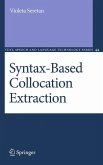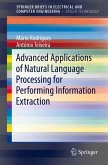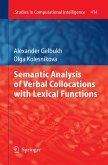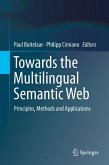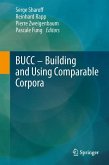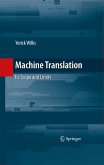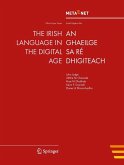The book offers an overview of recent research advances, focusing on practical, operational approaches and their applications. In part I (Background), it provides a general introduction, which succinctly summarizes the linguistic, cognitive, and computational foundations of anaphora processing and the key classical rule- and machine-learning-based anaphora resolution algorithms. Acknowledging the central importance ofshared resources, part II (Resources) covers annotated corpora, formal evaluation, preprocessing technology, and off-the-shelf anaphora resolution systems. Part III (Algorithms) provides a thorough description of state-of-the-art anaphora resolution algorithms, covering enhanced machine learning methods as well as techniques for accomplishing important subtasks such as mention detection and acquisition of relevant knowledge. Part IV (Applications) deals with a selection of important anaphora and coreference resolution applications, discussing particular scenarios in diverse domains and distilling a best-practice model for systematically approaching new application cases. In the concluding part V (Outlook), based on a survey conducted among the contributing authors, the prospects of the research field of anaphora processing are discussed, and promising new areas of interdisciplinary cooperation and emerging application scenarios are identified.
Given the book's design,it can be used both as an accompanying text for advanced lectures in computational linguistics, natural language engineering, and computer science, and as a reference work for research and independent study. It addresses an audience that includes academic researchers, university lecturers, postgraduate students, advanced undergraduate students, industrial researchers, and software engineers.
Dieser Download kann aus rechtlichen Gründen nur mit Rechnungsadresse in A, B, BG, CY, CZ, D, DK, EW, E, FIN, F, GR, HR, H, IRL, I, LT, L, LR, M, NL, PL, P, R, S, SLO, SK ausgeliefert werden.



